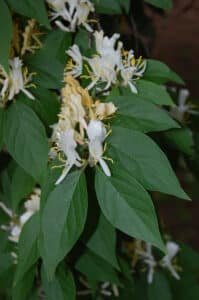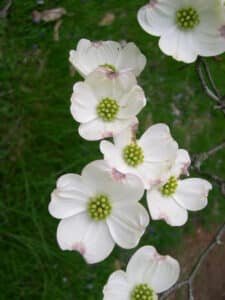Raising the native/exotic plant topic in conversation with a group of otherwise reasonable, considerate and law-abiding citizens is a bit like jamming a continent-sized tempest in a planet-sized tea pot. Not the excitabat fluctus in simpulo (billows in a ladle) originally penned by Cicero but rather a full on, super-sized cage match where cultured women in fine pearls and dapper men in starched blue blazers and snappy slacks end up breaking chairs across each other’s backs and ultimately finding themselves caught in unyielding headlocks, refusing to cry “uncle”.
We are passionate about our plants . . . and our planet . . . and our opinions . . .
In Part One of this series we devoted a fair amount of time trying to understand exactly what a native plant is, or more importantly, how difficult it is to craft a static, one-size-fits-all definition of the term, native. About as close as we could get is that a plant is generally considered native to an area if it got there for the most part with little to no interference by humans. (Please hold off with the head lock for a few minutes – I said this is a rather general definition. Give me a few more paragraphs before you unleash the pro wrestling moves.)
And of course it’s pretty straightforward that once you’ve defined “native”, anything that doesn’t fit that definition must be exotic. A plant growing in a particular place is either native or its exotic. . . at least for our discussion so far.
And then there’s the term “invasive” (and this is where the head lock activity really starts to get ugly.) An invasive plant is generally defined as a plant species not native to the ecosystem under discussion, that spreads to cause economic or environmental damage in that area. And that means that while plants like the much maligned, Asian native kudzu (Pueraria montana var triloba) and Amur honeysuckle (Lonicera maackii) are clearly exotic and and quite definitely meet the definition of invasive, plant species native to one part of North America can in fact be considered invasive exotics in another part of North America if they meet the letter of the definition. And of course we’ve exported some of our own North American native plants abroad to become invasive exotics in other lands. This isn’t a one way street.
Certainly there’s no debate out there that the influx of some exotic species into the US costs us tremendous sums of money, economic productivity and ecological damage each year. The sum total of economic loss due to invasive exotic species (plants, animals, disease organisms, etc.) in the US is more than $100 billion annually and impacts more than 100 million acres of land. Worldwide the annual economic impact of invasive exotics equals a whopping 5% of the total global economy!
Enter the aforementioned Amur honeysuckle (Lonicera maackii)
…a plant introduced to great fanfare by USDA in 1898 for purposes of conservation planting (soil stabilization and fruit production for wildlife) and the garden and landscape trade. It’s an attractive plant with beautiful white/yellow, fragrant spring flowers and cherry red fall fruit. It provides truckloads of food for winter birds. And it is incredibly adaptable and easy to grow.
But because of Amur Honeysuckle’s unique adaptabilities, in some parts of the US it completely over-runs wooded and open areas where it forms gigantic monocultures. The decrease in plant diversity then translates to reduced animal diversity and to an overall drop in ecosystem resilience/health. And it’s tough to kill.
Other exotic plant “introductions” have come not through intentional means but through unlucky accidents. Japanese Stiltgrass (Microstegium vimineum) is listed by the USDA National Invasive Species Information Center as one of the most damaging invasive exotic plants in the US. This annual grass spreads rapidly by seed where it out-competes other existing vegetation and greatly reduces plant and animal biodiversity. But this far off native wasn’t introduced on purpose. It hitched a ride in some packing material that arrived in the US from China.


But as damaging as some invasive exotic plants can be, without question introduction of new plant species to our land has brought some considerable, even civilization changing benefits as well. Corn, wheat, potatoes and cotton are all introduced from other lands and have become central to our daily lives. Indeed, the US Department of Agriculture maintains a series of Plant Introduction Stations all across the US to evaluate plant species that may be of economic or other benefit to US citizens. Over the years I’ve worked with many of the good people who run and operate these stations and I’ve never met one who was not both excited with the potential and at the same time deeply committed to keeping potentially bad actor plants from slipping out the barn door. It’s a fine line …
Now one term we’ve not discussed yet is the term, ornamental...
Certainly as gardeners and homeowners one of the things we are so often looking for is a plant that will look good . . . be ornamental . . . in the yard or garden. But for some unfortunate and infuriating reason, the term ornamental is often used as the opposite of or counter to the term native. It’s as if someone decided decades ago that native plants can’t be ornamental and ornamental plants can’t be native.
I don’t know about you but our flowering dogwood (Cornus florida) seems awfully ornamental to me as do Virginia bluebells (Mertensia virginiana) and American beech (Fagus grandifolia). And for that matter, as invasive and destructive as Amur honeysuckle is in much of the American landscape, it is actually quite ornamental. So in the interest of civil and productive discourse, let’s dispel with the native vs ornamental thing and stick to distinctions that help us move the needle to better and more meaningful conversation.

Finally, in our quest for a common and useful vocabulary surrounding our native vs exotic discussion, we need to go beyond geography and talk a bit about ecology. You see as much as we would like it, plants just don’t read maps. They tend to grow and thrive where they are most competitive – where the soil texture and fertility and light and moisture conditions best suit their needs and where they can find a niche where they perform better than others. And it’s extremely helpful for us to keep that in mind when we talk about a plant’s native range. A plant that is native to Jefferson County, Kentucky isn’t necessarily a good choice for every square inch of the county. A Silver maple growing along the damp and occasionally flooded banks of the Ohio River isn’t necessarily a good choice for a dry ridgetop just a short distance away.
So to help us actually make decisions on what we want to plant and why, following are a few distinctions that I find useful.
Continental Native
This is the broadest term concerning native/exotic plants. It simply refers to plants that are native somewhere on our continent. That doesn’t necessarily mean they are all appropriate for planting in your back yard. And as much as I’d love to grow a big old Saguaro cactus (Carnegiea gigantea) right smack in the middle of my front yard, I have serious reservations about its potential for survival for more than 30 minutes on a February day in Kentucky. But at least the term gives us a way to distinguish between those native in North America vs those native to Australia. If you’re trying to build a garden of plants broadly considered native to North America, this is your definition of choice.
Regional Native
Again, no political boundaries here but rather ecological regions that make sense. I think we’d all agree that the far eastern part of Kentucky is, ecologically, quite different from central and western parts of the state. The terrain is more mountainous and the soils are much more acidic. So by making assessments on regional, ecological criteria, we can start to match plants to conditions rather than simply dividing them up by other arbitrary means. If you’re looking to garden with regional natives you’ll look for plants from similar growing conditions to your site from within a reasonable distance. Most ecologists would entertain something in the neighborhood of a 90 mile radius for the regional natives.
Local Native
This is where we hit the finest level of detail. If you’re working on a local native garden or you’re wanting to engage in some ecological restoration, you might be most interested in using plants grown from local sources – not just grown/produced locally but propagated from local genetics. Since butterfly milkweed (Asclepias tuberosa) has a very wide native range across much of the eastern part of North America, you may not want plants grown from a Wisconsin or Virginia source. If you’re concerned about using plants from a local provenance – local genetics – you may want to look at locally sourced material.
With the three distinctions above it’s important to remember that all three are appropriate as you see fit for your own purposes. If you are engaged in detailed, ecological restoration and want to use only local genetics, great. If you simply want a garden of plants that look like what you see growing naturally in the woods around your home, that’s fine as well. No one direction is intrinsically better. Growing California poppies in Kentucky doesn’t make you a sinner and growing trilliums from just down the corner doesn’t make you a saint. The key is to simply decide on which approach is appropriate for your own situation.
Now if you don’t mind, would you kindly release the head lock!
This article was originally submitted to the Courier Journal on February 9, 2022.
